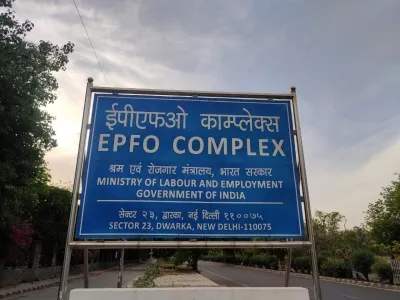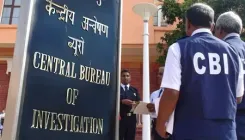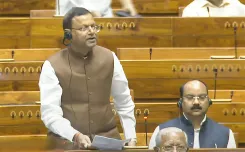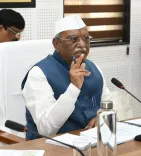How has the government simplified PF withdrawal norms?

Synopsis
Key Takeaways
- PF withdrawal norms simplified into a single framework
- Access to 75% of eligible funds after 12 months
- Encourages retaining 25% for retirement benefits
- Family protection remains intact for three years post-death
- New rules promote financial security for members
New Delhi, Oct 16 (NationPress) The government has streamlined the Provident Fund (PF) withdrawal regulations, allowing employees to access their funds earlier and in greater amounts after just 12 months. Previously, the eligibility criteria were convoluted, with varying minimum service periods causing frequent claim rejections and delays. The Ministry of Labour and Employment has now consolidated the previous 13 types of partial withdrawal provisions into a single, simplified framework.
Before this simplification, members were only permitted to withdraw their own contributions and interest, which ranged from 50% to 100%. Now, the amount available for withdrawal will also encompass the employer's contribution, in addition to the employee's contributions and interest. Consequently, the withdrawable amount will now be significantly higher, with up to 75% of the eligible funds accessible compared to previous regulations.
Previously, eligibility periods could extend up to seven years; now, they are uniformly set at 12 months across all withdrawal types, making the process easier to understand and facilitating earlier access. Frequent partial withdrawals had previously led to dwindling PF balances at retirement. Alarmingly, 50% of PF members had less than Rs 20,000 in their accounts, and 75% had under Rs 50,000 at the time of settlement.
These repeated withdrawals prevented lower-income workers from benefiting from compounding interest at 8.25%, ultimately resulting in a diminished social security net upon retirement. Therefore, in accordance with the CBT’s directive, 25% of contributions must now be retained to ensure a respectable retirement corpus and provide long-term social security.
In the event of unemployment, members can withdraw 75% of their PF balance—including both employer and employee contributions and accrued interest—immediately. The remaining 25% can be accessed after one year. Full withdrawals of the entire PF balance (including the minimum 25% balance) are permitted upon retirement after 55 years of service, permanent disability, incapacity to work, retrenchment, voluntary retirement, or permanent relocation from India.
The proposed changes will not affect pension entitlements at age 58. Members can withdraw their pension account accumulation at any point within 10 years of service. However, to qualify for a pension at retirement, a minimum of 10 years of EPS membership is required. Alarmingly, about 75% of pension members withdraw their entire pension amount within four years of service, thus ending their membership and making them ineligible for future pension and social security benefits.
If the pension fund remains untouched, the member’s family remains eligible for pension benefits for three years following the cessation of contributions in the event of the member’s death. However, withdrawing the fund forfeits this benefit.
To encourage members to meet the 10-year eligibility for pensions and ensure family benefits in case of the member’s demise, the new provisions permit members to withdraw pension accumulation after 36 months instead of the previous two months. This aims at securing long-term social security in the form of a pension for both the member and their family.
The EPFO manages a corpus nearing Rs 28 lakh crore, having gained the trust of millions of members due to its reliability, security, and competitive returns (often tax-free).










